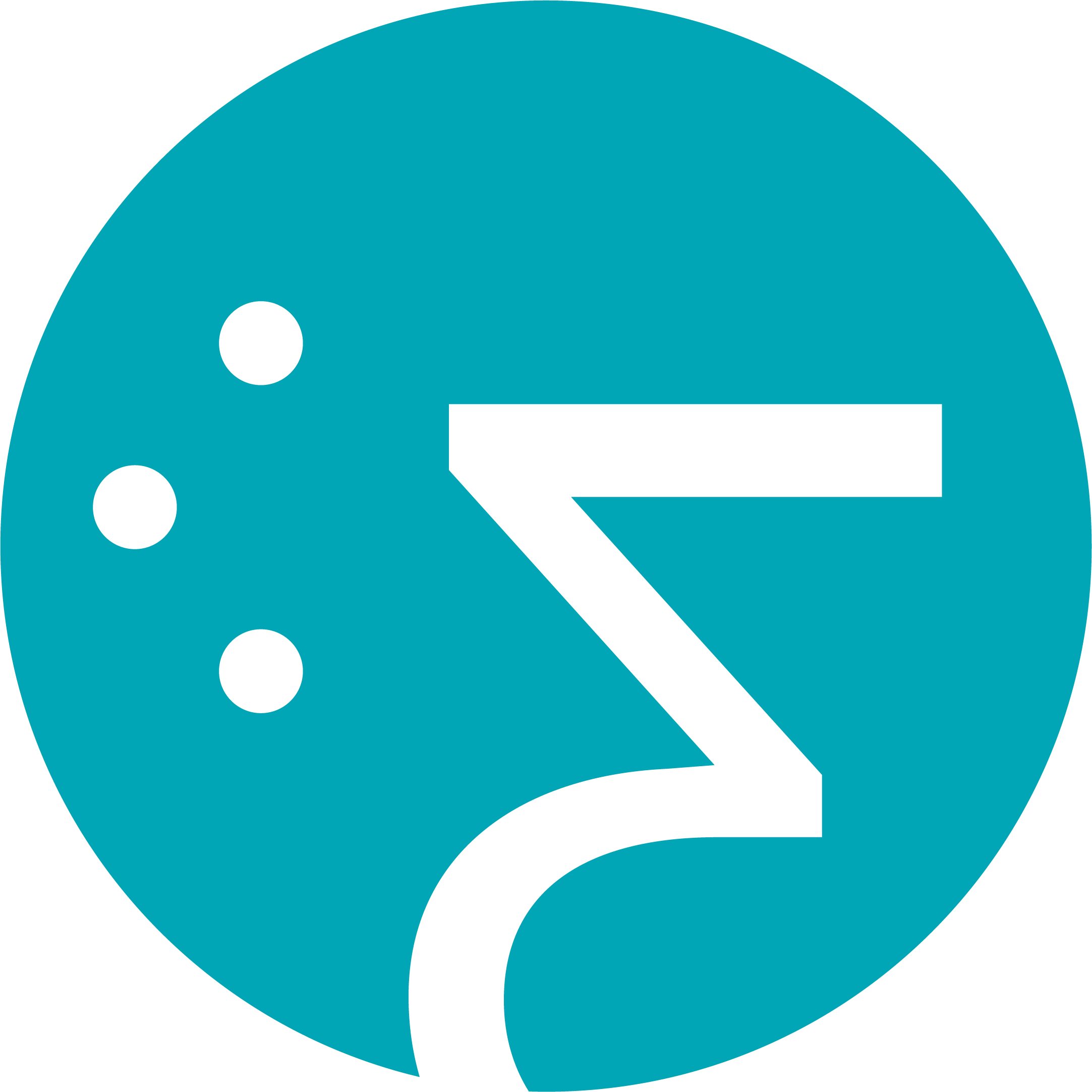Is There A Difference Between Cloud Computing and SaaS?
I received an email message from a frustrated Software-as-a-Service (SaaS) company executive yesterday asking if I could publish a commentary clarifying the difference between cloud computing and SaaS.
His plea was prompted by a trade publication article which basically referred to cloud computing and SaaS as one and the same.
Anyone who has been intimately involved in the evolution of the SaaS or cloud computing worlds has a right to be frustrated by the blurring of the lines between the two concepts.
In my case, I view cloud computing as a broad array of web-based services aimed at allowing users to obtain a wide range of functional capabilities on a ‘pay-as-you-go’ basis that previously required tremendous hardware/software investments and professional skills to acquire. Cloud computing is the realization of the earlier ideals of utility computing without the technical complexities or complicated deployment worries. With this precept in mind, I see SaaS as a subset or segment of the cloud computing market.
Unfortunately, opportunistic vendors, as well as uneducated journalists and overly simplistic industry analysts, are using the terms interchangeably to serve their own purposes.
While this might infuriate industry purists, the good news is that both ideas are gaining greater mainstream attention and acceptance as a result of escalating coverage in nearly every IT industry trade publication and even more importantly among the major business pubs like the Wall Street Journal, Forbes, Fortune and BusinessWeek, along with the NY Times.
I think this positive development far outweighs the potential confusion that could arise about the nuances between the two concepts. However, know it is incumbent on every cloud computing and SaaS vendor to clearly explain their offerings so they don’t mislead potential customers.
The surge in demand for cloud computing and SaaS is partially due to macro-market factors, such as the recessionary economic climate and escalating pressures to fundamentally change traditional business practices. But, growing interest in cloud computing and SaaS is also the result of the success and satisfaction of the early adopters who are not only renewing and expanding their use of these web-based services, but recommending them to others, according to THINKstrategies’ research and consulting experience.
The ‘gold rush’ stage we are entering in the cloud computing and SaaS movement will attract plenty of self-serving vendors, overnight experts and tabloid press who will attempt to exploit this exciting market opportunity. They will pose a new threat by offering inferior services, bad advice and distorted stories about the market realities.
For those of us who have been in the vanguard of the movement and worked hard to build a viable new industry, we won’t defeat these forces by arguing over terminology. Instead, we will win long-term success by properly educating our customers and successfully satisfying their needs.



